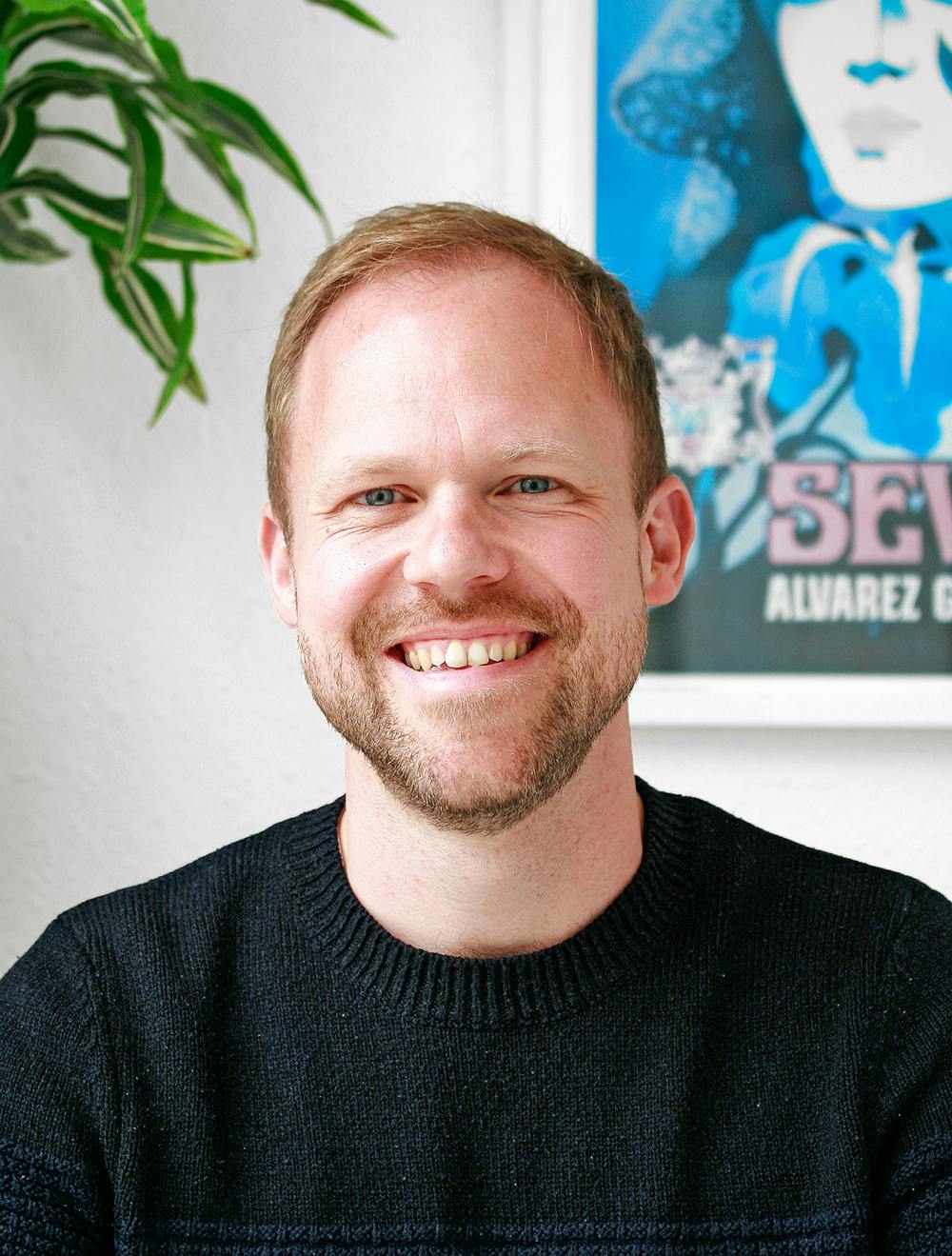The History of TEFL

Great, you’ve acknowledged your interest in teaching English as a foreign language. But before committing to a course, maybe you’re curious to know more about the background behind this expansive profession.
In this blog post, we explore the rather rich history of TEFL, revealing surprising roots beyond the realm of English alone. This journey unravels the evolution of the popular certification and the broader background of language learning itself.
Read on through the eras below:
- Pre-19th Century
- 19th Century
- 1930s to 1950s
- 1960s to 21st Century
- Present-day, and into the future.
Remember that TEFL is teaching English to non-native English speakers. Technically, in places where it’s not the first language.
Pre-19th Century: the development of language learning
The threads of language education stretch back to the mid-1700s. During this era, the far-reaching influences of the Byzantine and Greek empires - lingering long after each one’s demise - positioned Latin and Greek as the lingua franca. They were the common languages of the time, much like English is today. Proficiency in these classical languages wasn’t merely a skill. It was also a symbol of high intellect and class.
This ‘Classic Method’ became known as the Grammar Translation Method. Emphasising the memorisation of grammar rules for translation, students were pushed to know the adjectives, prepositions, and vocabulary to craft sentences with formal eloquence. Yet, this method, although focused on structure, didn’t necessarily equip individuals with the ability to communicate in a foreign language colloquially - or even effectively.
As Latin eventually yielded its global linguistic dominance, the Grammar-Translation Method persisted, seamlessly stepping up from the classical to the modern. The foundations laid in those days continue to shape language education, demonstrating the enduring influence of historical methods on contemporary approaches. These early methods also highlighted the need for a more immersive approach, setting the scene for the evolution of TEFL methodologies in the years to come.

Source: Wikipedia
19th Century: refining the approach
In the late 19th century, French linguist François Gouin detailed his language learning struggles in his book "The Art of Learning and Studying Foreign Languages". While attempting (and failing) to master German through pure grammar memorisation, Gouin's epiphany came upon his return to France. His three-year-old nephew cheekily acquired French through natural conversation! The insight led to the creation of the Series Method, teaching learners a series of connected, easily understandable sentences.
The Series Method gave way to the Direct Method, championed by American linguist Charles Berlitz. This time, the method mirrored first language acquisition, emphasising oral interaction, spontaneous language use, and minimal analysis of grammatical rules.
Around the same time, the International Phonetic Association stressed the importance of teaching pronunciation and oral skills, addressing aspects neglected by the traditional Grammar-Translation Method.

Source: International Phonetic Association
These developments marked a paradigm shift, recognising the need for practical everyday use in language education.
1930s to 1950s: English & ESL gains prominence
From the 16th century, England's growing empire and trade made English the foreign language of choice for those doing business with the British. But the transformation of teaching English as a Second Language (ESL) took place in the late 1800s and early 1900s, fueled by the migration of people - seeking life, liberty, and happiness - to the United States.
This chapter unfolds with yet more Methods! In the early 20th century, Americans embraced the Reading Method, which prevailed until World War II, to teach English to non-native speakers. That was when the military's need for language proficiency prompted the development of the Audiolingual Method. Prioritising listening and speaking while avoiding the use of students' first language, this method relied on mechanical repetition and accuracy. Basically, it was an answer to the urgency of wartime demands. It faced a decline after 1964 due to its weaknesses exposed by Wilga Rivers: the overemphasis on grindy drilling neglected the role of context and world knowledge in language learning.
Britain, on the other hand, formed the Situational Approach, organising language based on functions in various situations and encouraging ESL students to learn useful language chunks, alongside grammar and vocabulary.
These historical shifts underscore the evolution of English language teaching methodologies in response to societal changes and educational insights.
1960s to 21st Century: the emergence of TEFL & certifications
With a growing demand for language teaching tailored to specific purposes such as academia, engineering, and business, the Communicative Approach emerged. It addressed the limitations of earlier methods, emphasising real-world communication over rote learning. As it gained prominence, language learners were encouraged to engage in a more ‘real’ style of communication, often in-situ or alongside authentic props!

In 1962, John Haycraft pioneered a beginner course for English teachers. He assimilated all of the approaches up until now to create a course that would equip teachers with the basic teaching methodologies and theories to teach English as a foreign language. His was the precursor to the various TEFL and CELTA certifications we have today, which employ a balanced variety of classroom activities to develop language skills.
From the 1970s onwards, specific certifications started to appear - alongside the popular adoption of the acronym TEFL.

The Trinity CertTESOL qualification we provide at TEFL Iberia is awarded by Trinity College London. Trinity, themselves, started giving English language assessments as far back 1938 but the Trinity CertTESOL certification wasn’t inaugurated until 1980.
The CertTESOL certification is designed to successfully prepare aspiring teachers for their first ESOL post, which means an introduction to the theory and practice of English teaching. Plus, understanding teacher-student dynamics and potential challenges that either person might face.
Present-day to future: TEFL is transforming in the digital age
TEFL today stands at the intersection of cultural exchange, linguistic proficiency, and technology. The digitisation of education - sped up by the last global pandemic and now artificial intelligence - has transformed TEFL, as the blend of traditional and digital challenges the established approaches, once again.
And importantly, these technological advancements have lowered geographical barriers, making quality English language instruction accessible to anyone with a stable internet connection. Virtual classrooms, facilitated by video conferencing tools, have extended TEFL's reach globally, enabling students from all sorts of backgrounds to participate.
TEFL itself has gone beyond being merely a profession. It’s now widely recognised as an ideal means to travel while contributing to cross-cultural understanding. In addition to being a valuable skill, TEFL opens doors to a global experience. It’s a sought-after pathway for those seeking adventure and meaningful connections while passing on language skills to others.
Keen to become part of the story?
The history of TEFL is an ages-old amalgam of methodologies, challenges, and innovations.
From early language acquisition theories to the advent of communicative approaches, TEFL has transformed into a global force connecting learners across cultures. It's clear that TEFL not only develops language skills but leads to a deeper understanding of other communities. It’s also a way to make a lot of new friends!
For those inspired to be part of this exciting field, explore TEFL Iberia's courses and start your TEFL adventure today! If you’re already signed up and are preparing to make the move, be sure to check out our Spanish visa guide.
The History of TEFL - timeline infographic:
And to sum that all up - here's a timeline summary. If you feel like sharing this, please give TEFL Iberia a credit - it'd be much appreciated!

Popular Posts
Gap year in Barcelona? Here's your pre-travel checklist for 2026

Gap year programs in Spain - 5 of the best for 2026

Living in Spain vs. Australia - what are the benefits?

Moving from San Francisco to Barcelona

Subscribe To Our Mailing List!
Receive course updates, graduate reviews, exclusive discounts and more


